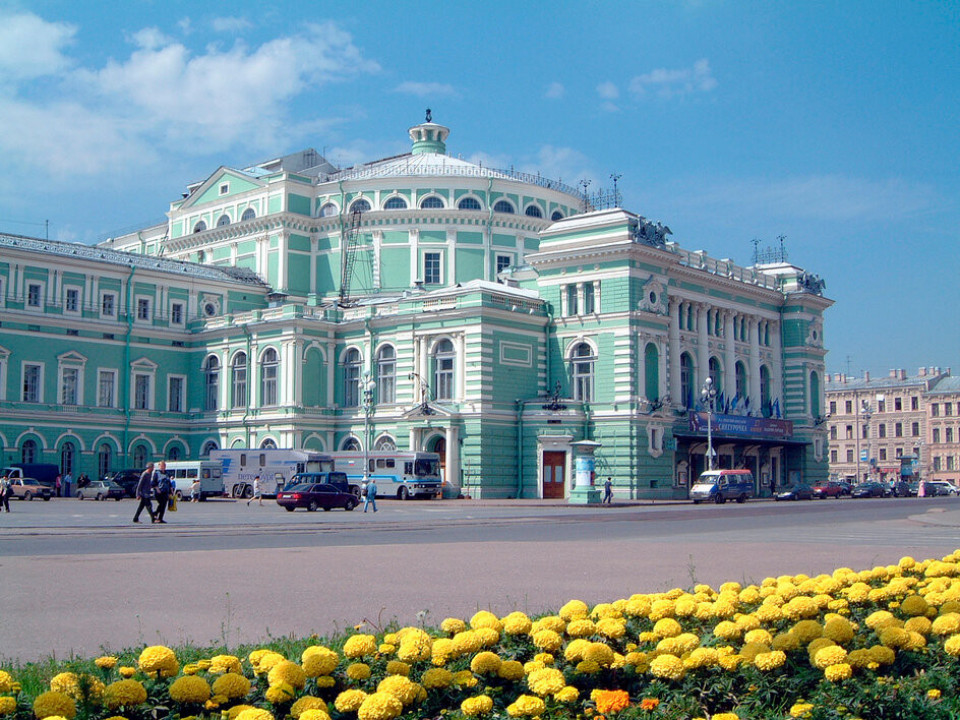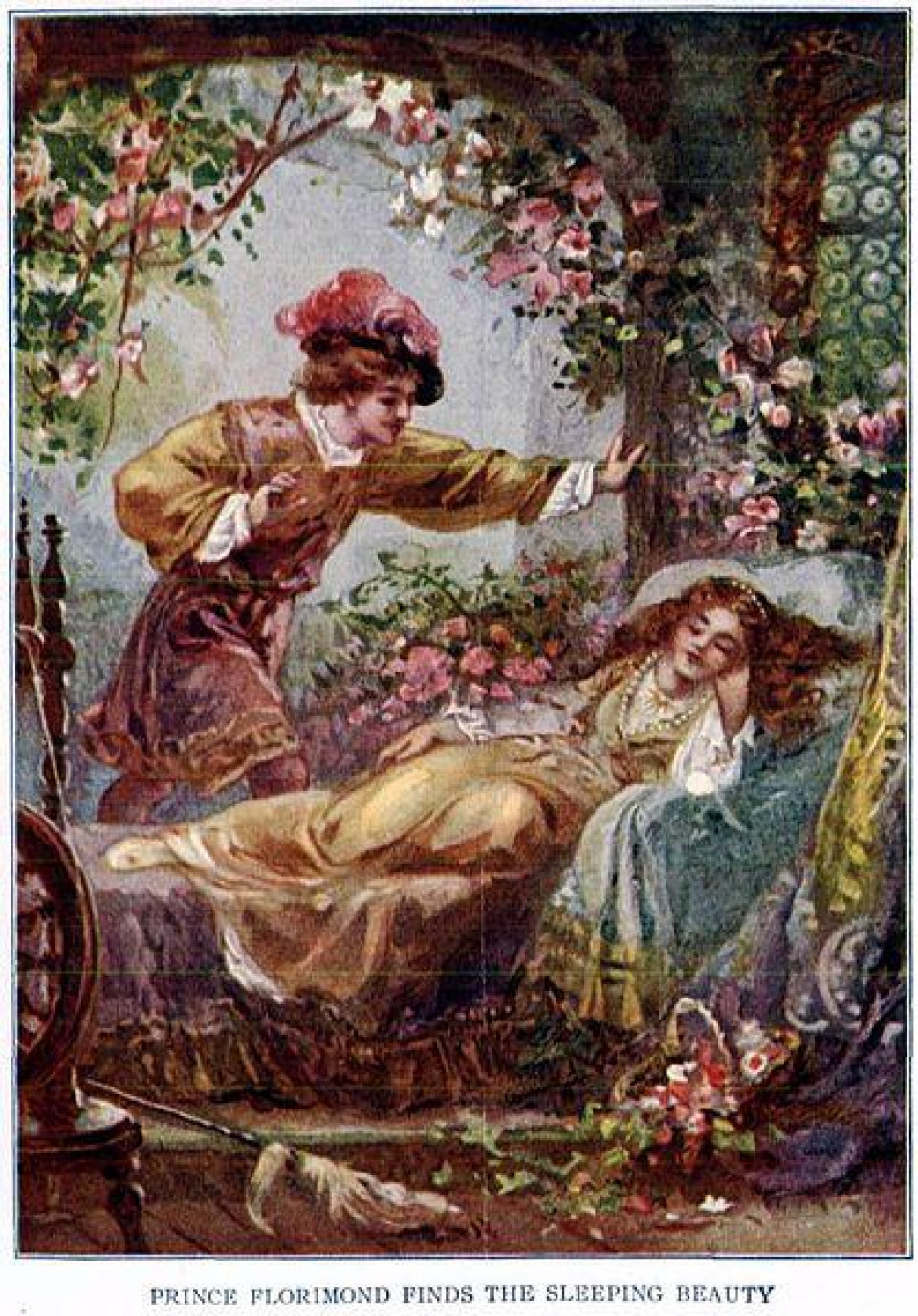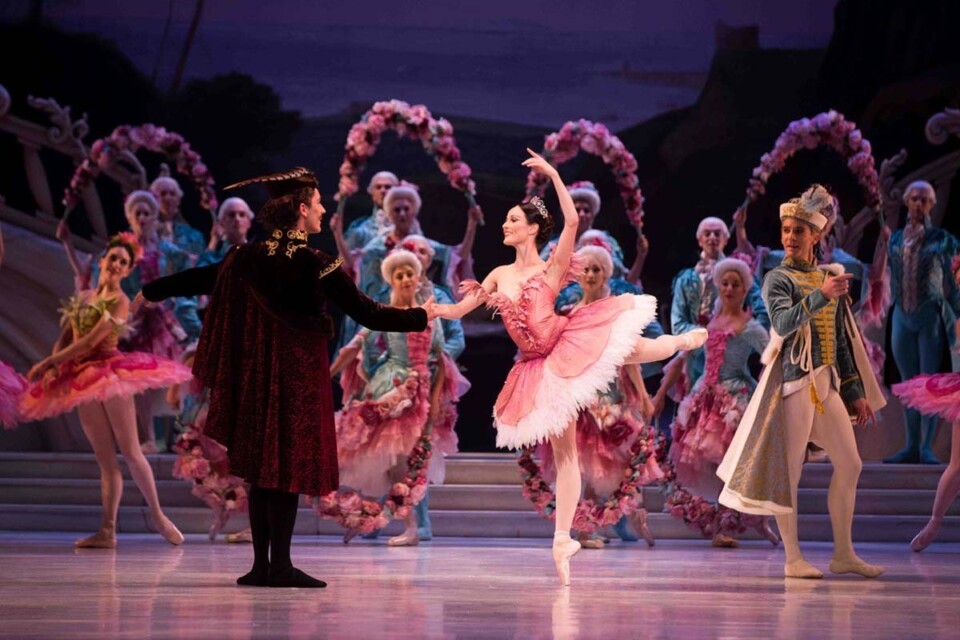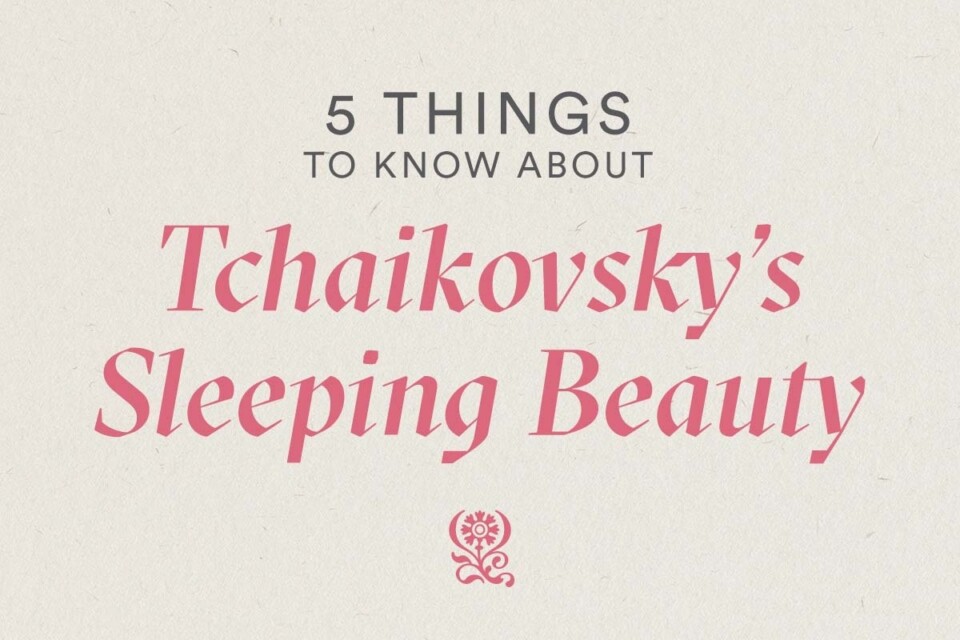1.Tchaikovsky’s Sleeping Beauty premiered in St Petersburg in 1890
The first performance of Sleeping Beauty was in 1890 in the Mariinsky Theatre, St Petersburg. The Mariinsky Theatre opened in 1860, and was the preeminent music theatre of late 19th century Russia, with the theatre still open to date. Sleeping Beauty was only the second ballet composition by Tchaikovsky, his first being Swan Lake (1875), and his third and last being The Nutcracker (1892). For this ballet, Tchaikovsky collaborated with The Mariinsky’s French ballet master, Marius Petipa. The composition for the ballet, took a mere 40 days to complete.

2. La Belle au boise dormant is the fairy tale on which the ballet is based
La Belle au bois dormant (translated to The Beauty Sleeping in the Woods) was a tale by Charles Perrault, published in 1697. But, the story was not an original – it was inspired by a 14th-century fairy tale. The earliest recorded version of this fairy tale is Histoire de Troilus et de Zellandine written by an anonymous source in the 1300s. Fast-forward to 1812, and the Grimm brothers revised the tale to Little Briar-Rose, which is closer to the fairy tale known today.

3. The Rose Adagio is one of the most famous moments in all ballet
In the Sleeping Beauty ballet, The Rose Adagio is where Princess Aurora meets each prince for the first time. As each suitor hands her a rose, Princess Aurora dances with them; trying to decide who to marry. The choreography for this piece requires the ballerina to undertake a series of balances, which are deceptively difficult. The ballerina is on pointe for an extended period, taking each suitor’s hand as he spins her. Without coming off pointe, the ballerina must then do the same with the next suitor. The music for this scene opens with a harp cadenza, followed by beautiful melodies as the princess accepts her roses.

4. Italian prima ballerina, Carlotta Brianza was the original Princess Aurora
Born in 1867, Carlotta Brianza studied at The La Scala Theatre Ballet in Milan, Italy. Carlotta made her debut as prima ballerina in Manzotti’s Excelsior. In 1980, Marius Petipa (the French ballet master and choreographer for Sleeping Beauty) selected Carlotta as Princess Aurora; her most famous role. After retiring, Carlotta taught dance in Paris, but came out of retirement when Sleeping Beauty was staged in London in 1921. This time, Carlotta played the part of the evil fairy, Carabosse. Little is known about Carlotta’s later years, with her death a mystery.

5. The Sleeping Beauty Suite was not created until after Tchaikovsky’s death
The complete full-length ballet score for Sleeping Beauty runs for three hours. Tchaikovsky first considered the idea of creating a concert suite from the Sleeping Beauty score in 1890, not long after the ballet’s premier. However, he was unable to settle on a selection of pieces and as time went on, he instead propositioned that several numbers should be selected as stand-alone, independent compositions. This did not eventuate, but several years after Tchaikovsky’s death, Pyotry Jurgenson compiled a suite of numbers from the ballet composition for large symphony orchestration. The suite concludes with the famous No.2 Adagio, also known as The Rose Adagio.

